
Today, I would like to talk about the production of bulgur, which has a high nutritional value, in the “Production Process” section. Bulgur is a grain product, which is a different form of wheat. Bulgur is generally produced from hard wheat varieties (Triticum durum wheat).
If we move on to the bulgur production stages;
- First, the wheat, which is our raw material, is cleaned and then washed.
- The cleaned wheat is taken to the boiler and subjected to the boiling (cooking) process. The cooking process is done at around 95-120 °C for 1-2 hours.
- Then the drying process begins. The drying process is dried in drying tunnels or artificial dryers up to 10-13% humidity.
- The next step is to separate the dried wheat from its shells. It is made by passing through the mill.
- Annealing is done. And again it is milled and dried.
- Then the crushing process is applied. After crushing, they are sieved and classified according to their size. They are divided into pilaf (large) and meatballs (thin) bulgur according to their size.
Bulgur should not be, bitter, rancid or moldy. Since the germ in the wheat grain is not separated, the nutritional value of bulgur is high. Production steps are as described above. Parameters may vary according to manufacturers.
Reference
Bilişli A., Gıda Teknolojisi, Sidas Medya, Çanakkale, 2015.
Tacer Z., Bulgurun Fonksiyonel Özelliklerinin Belirlenmesi, İstanbul Teknik Üniversitesi Fen Bilimleri Enstitüsü, Yüksek Lisans Tezi, Temmuz, 2008.
Ercan R., Bulgur İşleme Tekniği ve Kimyasal Bileşimi, Gıda, 1986, 11(6):319-321.

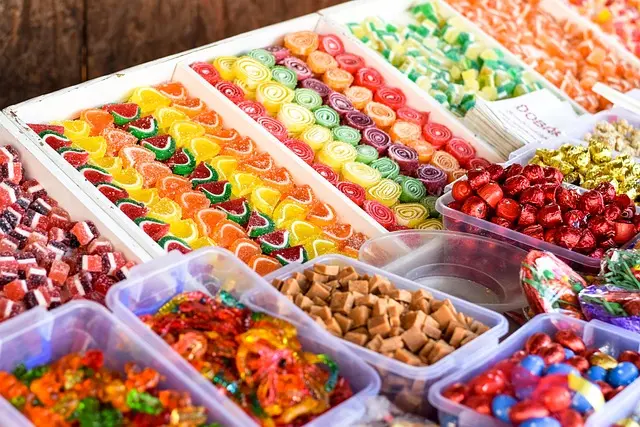

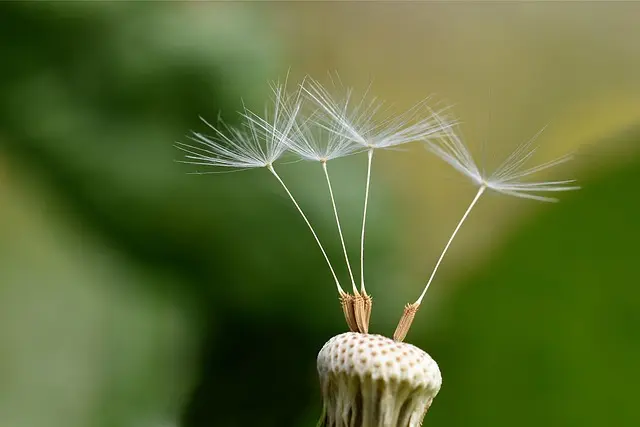
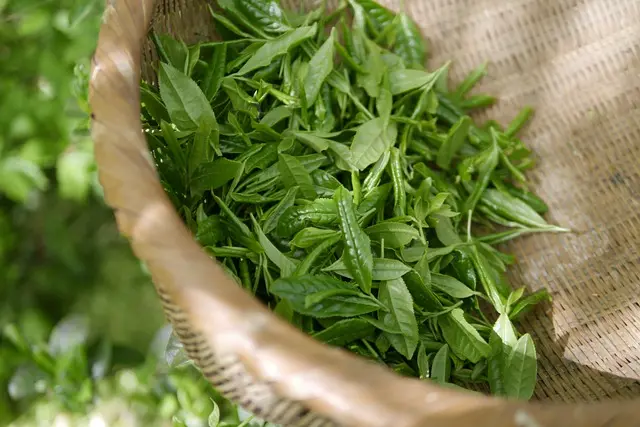
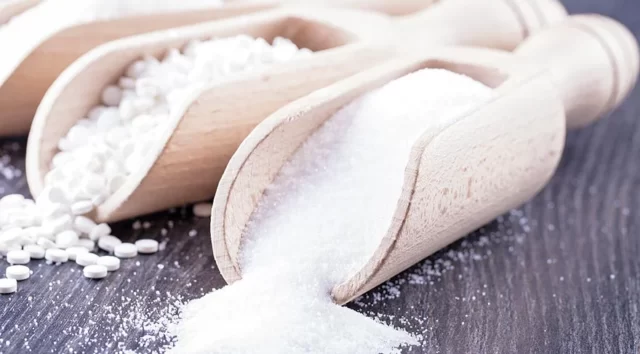
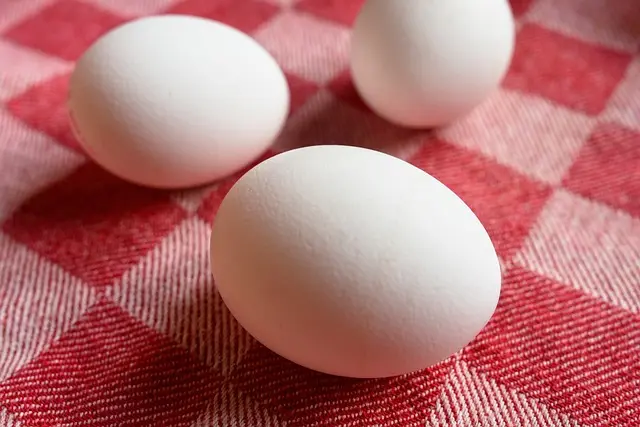
Bulgur is the best wheat, I like it 🙂
I love bulgur too 🙂
Thanks for article, very nice.
thanks!